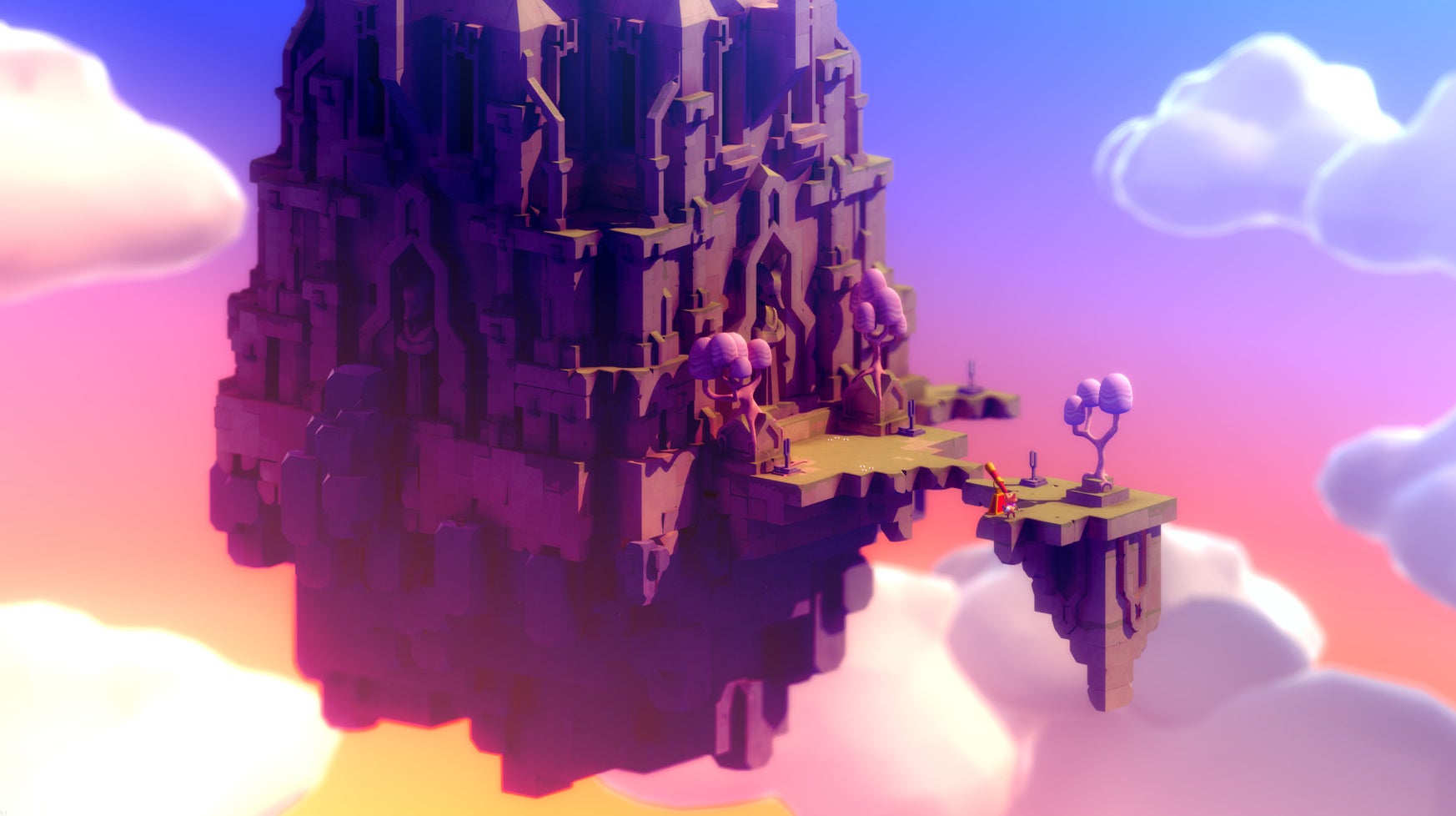These are my favourite worlds. The best worlds, if you ask me. The best of all possible worlds. Not open worlds, not free-roaming, certainly not endless or procedural worlds. Instead these worlds are a bounded place, a place as boldly self-contained – as compact and weather-tested – as a bird’s nest in the high branches of an old tree. And as intricate too: woven together, each piece locked in position by dozens of other pieces. Maybe scavenged, maybe stolen, a thing reflecting a thousand other mini-things that came together to make it.
Tunic reviewPublisher: FinjiDeveloper: Andrew ShouldicePlatform: Played on PCAvailability: Out now on PlayStation 4, PlayStation 5, Nintendo Switch, PC, Xbox (Game Pass), and Mac.
How do birds even know when a nest is complete? For a world like this, a world in a videogame, rather than up high in an old tree, completeness shows up in the details. It will be a single detail that sticks in the mind and makes you think: Cor! Look at that. A single detail. It’s not something big. Generally, it’s something small. Something hidden. Tucked away, say, under a bridge?
Yes! Under the bridge, a campfire. Just say the words and I am back there. Late on in A Link to the Past, which is still arguably the best Zelda game, and certainly the most committed in its Zeldaishness, I realised that there was a gap in the map: a bridge, which may have had something under it. I found a path eventually, and under the bridge was a sleeping fellow lying by a campfire. Rustic domesticity. A pocket of cosiness in an increasingly frightening world.
